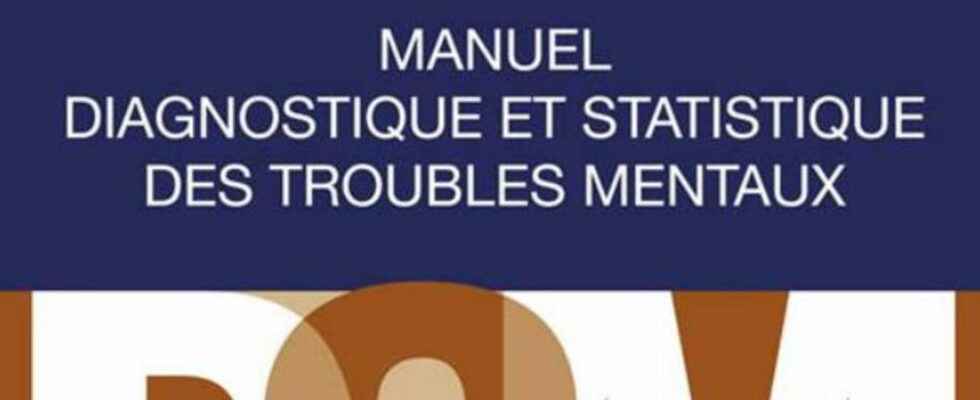For more than 60 years, the DSM of the THE reference manual of the classification of mental disorders. The current one is DSM 5. DSM List of Diseases and History.
The DSM, or diagnostic and statistical manual of mental disorders, is a reference work in psychiatry, which collects all the clinical specificities of mental disorders, as well as the statistics compiled about them. The information, gathered by American psychiatrists, is regularly updated since 1952, to adapt to developments in psychiatry and to include new statistics. The DSM does not look at the origins of diseases. The most recent edition of the DSM (the 5th) was published in 2013 in the United States and in 2015 in France.
Published by the American Psychiatric Association (APA), the DSM proposes a classification of mental disorders which aims to help mental health professionals in their daily practice. “It is thus a real aid tool for the diagnosis, understanding and management of psychiatric disorders. Used by many health professionals (psychiatrists, psychologists, clinicians, researchers, students, etc.), it promotes the recognition of mental pathologies worldwide thanks to a common language in the description of their characteristics. The DSM also ensures better communication between the caregiver and his patient since words are put on his ailments”, observes Dr Gérard Macqueron.
The latest edition of the DSM was published in 2013 in the United States and in 2015 in France. This is the fifth version of the manual (DSM 5). Compatible with the WHO International Classification of Diseases (ICD), DSM 5 has many improvements. “It describes mental disorders in a systematic way: diagnostic characteristics, prevalence, evolution, risk and prognostic factors, diagnostic questions related to culture or gender. Beyond the classification it offers, it is also intended as a tool collection and dissemination of accurate public health statistics on the morbidity and mortality of mental disorders”, can we read on the press release of the publishing house Eslevier Masson of June 17, 2015.
Mental disorders are divided into 22 diagnostic categories :
- Neurodevelopmental Disorders
- Spectrum of Schizophrenia and Other Psychotic Disorders
- Bipolar and related disorders
- Depressive disorders
- Anxiety disorders
- Obsessive-compulsive and related disorders
- Disorders related to trauma or stressors
- Dissociative disorders
- Somatic Symptoms and Related Disorders
- Eating and food swallowing disorders
- Sphincter control disorders
- Sleep-wake alternation disorders
- Sexual dysfunctions
- gender dysphoria
- Disruptive, impulse control and conduct disorders
- Substance-Related and Addictive Disorders
- Neurocognitive disorders
- Personality disorders
- Paraphilic disorders
- Other mental disorders
- Movement disorders and other drug-induced adverse reactions
- Other situations that may be the subject of a clinical examination
The DSM 5 can be used by many health professionals: psychiatrists, psychologists, clinicians, occupational therapists, nursing staff, social workers. This manual aims to help them in their daily practice for the diagnosis and management of mental disorders, by promoting a common language for the entire medical profession. Researchers and students may also refer to the DSM 5 to further their research.
Like most books, DSM 5 is available in bookstores and on the internet.
A source of scientific and theoretical debate since its origins, the DSM-5 has certain limitations. Many psychiatrists accuse him in particular of labeling behaviors that are actually normal as diseases, and of advocate the prescription of psychotropics instead of focusing on listening to the patient. The major drawback of the DSM is put the subjects in boxes and make diagnoses at a time T, without taking into account their history as a whole. Characteristic reactions such as sadness after the death of a loved one are thus labeled pathologies, whereas they result from the normal process of mourning. “Ultimately, if this manual allows psychiatrists around the world to adopt a common language, it is essential not to draw hasty and definitive conclusions at the end of a psychiatric episode in order not to stigmatize patients”reacts the psychiatrist.
Thanks to Dr Gérard Macqueron, psychiatrist in Paris.
Source: DSM-5 – Publication of the French version of the reference work of the American Psychiatric Association, June 17, 2015
